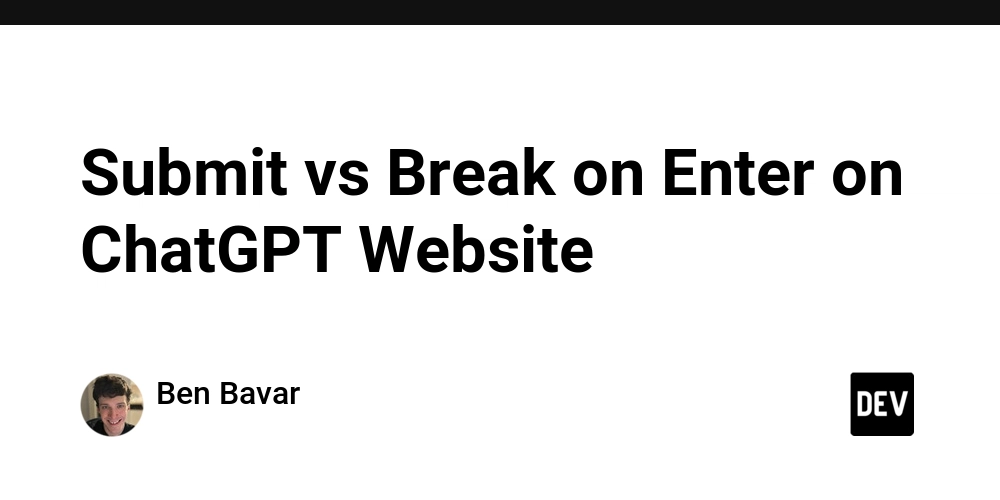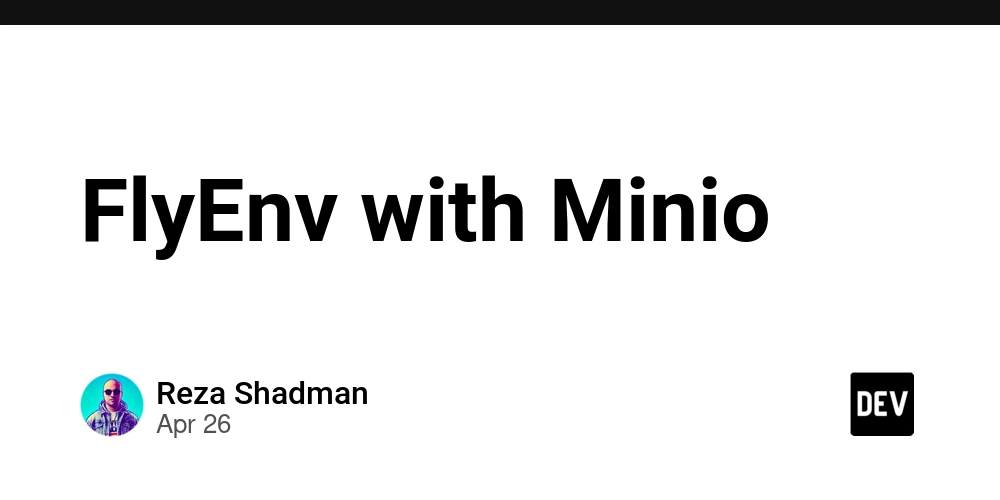
Unlock Better Search: Demystifying Reciprocal Rank Fusion (RRF) for Enhanced Retrieval
Want to boost the relevance of your search results? Reciprocal Rank Fusion (RRF) is a powerful, yet simple technique used in advanced search systems to ensure the most relevant content surfaces first. RRF combines results from multiple searches in an intelligent way, prioritizing documents that consistently rank high across different queries. This can dramatically improve the quality of your search results and is used in retrieval-augmented generation (RAG) systems.
What is Reciprocal Rank Fusion and Why Should You Care?
Reciprocal Rank Fusion (RRF) is an algorithm that merges the results of multiple search queries to improve overall search relevance. Think of it as a "wisdom of the crowds" approach to search.
- Bypass Single-Query Limitations: Standard search might miss valuable documents because a single query can't encompass every nuance. With RRF, you generate multiple slightly different queries to capture a broader range of relevant information.
- Prioritize Relevant Documents: By combining the results of these queries using the RRF algorithm, documents that consistently rank high across multiple searches are given higher priority.
- Enhanced Retrieval Accuracy: The result is a more accurate and complete set of search results, perfect for applications like question answering, RAG, and knowledge retrieval.
How Reciprocal Rank Fusion Works: A Step-by-Step Guide
The beauty of RRF lies in its simplicity. Here’s a breakdown of the process:
- Subquery Generation: The initial query is broken down into multiple, related sub-queries, each phrasing the search intent slightly differently.
- Parallel Retrieval: These sub-queries are then executed in parallel, retrieving relevant documents for each.
- Reciprocal Rank Fusion: The RRF algorithm then merges these results, weighting documents based on their rank in each individual search.
- Final Selection: The top scoring documents are selected as the final result set.
The RRF Formula: Math Made Easy
Don't be intimidated! The RRF formula is straightforward:
RRF_score = ∑ (1 / (k + rank))
Where:
rank= The document's position in the ranked list (starting from 0) for a given subquery.k= A constant (typically 60) used to dampen the impact of lower-ranked documents. This helps prevent irrelevant documents from unduly influencing the final score.
The formula rewards documents that appear high in multiple search results.
RRF in Action: A Python Code Example
Here's a simplified Python example to illustrate how RRF works:
This code snippet demonstrates the key steps: retrieving results for each subquery, calculating RRF scores, and sorting the documents by their fused scores. This code illustrates how reciprocal rank fusion can be implemented easily.
Benefits of Using Reciprocal Rank Fusion
- Improved Search Relevance: RRF delivers more relevant search results compared to single-query approaches.
- Broader Coverage: Captures a wider range of relevant information by using multiple perspectives.
- Robustness: Less susceptible to the limitations of any single search query.
- Simplicity: Relatively easy to implement and integrate into existing systems.
RRF for RAG systems
Reciprocal rank fusion is important for retrieval-augmented generation (RAG). The method enables retrieval of diverse and relevant documents, helping construct better context for language models.
Elevate Your Search Today
Reciprocal Rank Fusion (RRF) is a practical technique for improving search relevance. By combining the results of multiple queries, RRF ensures that the most relevant documents surface to the top. Implement RRF and see the difference in your search results.























